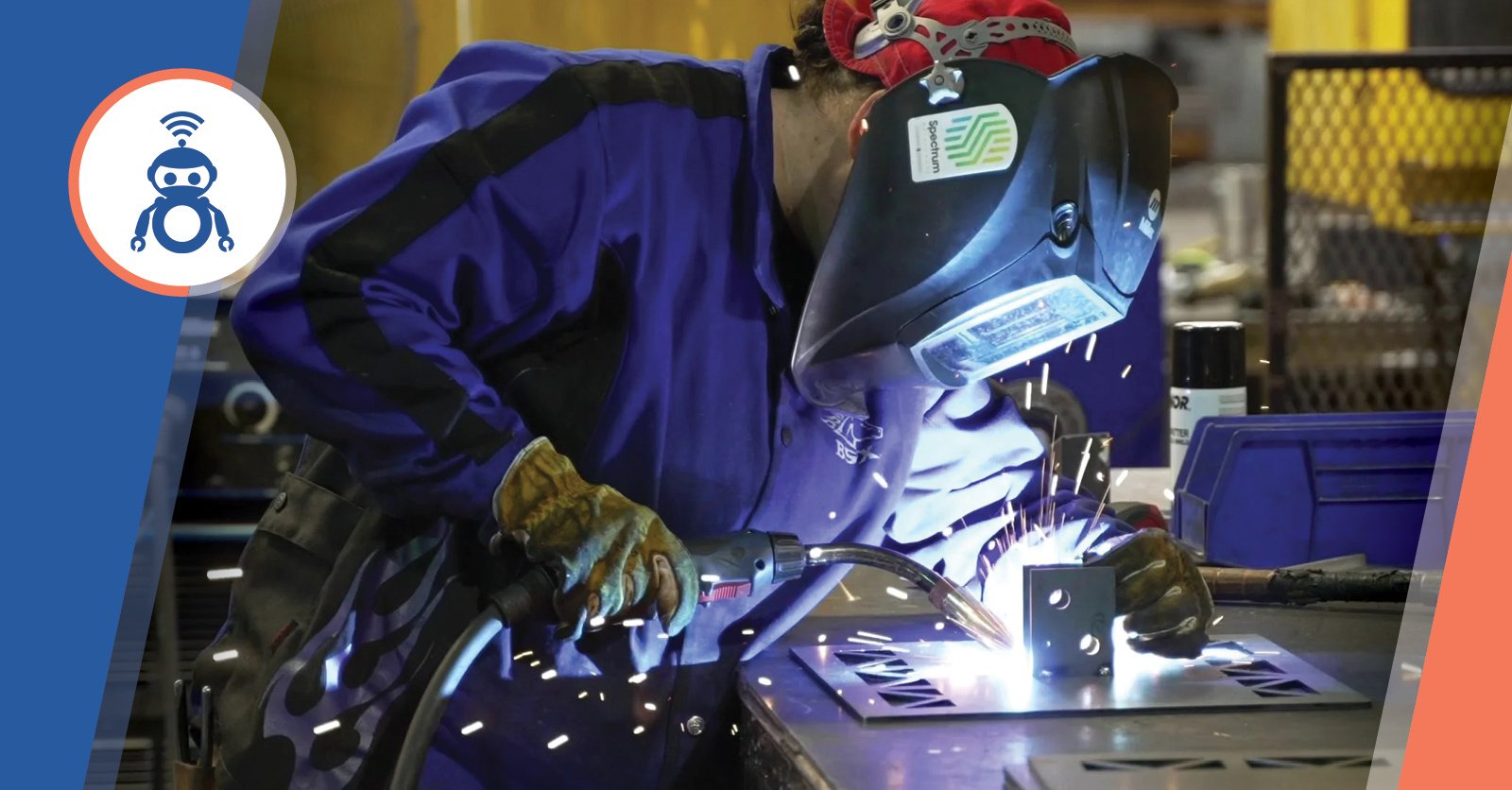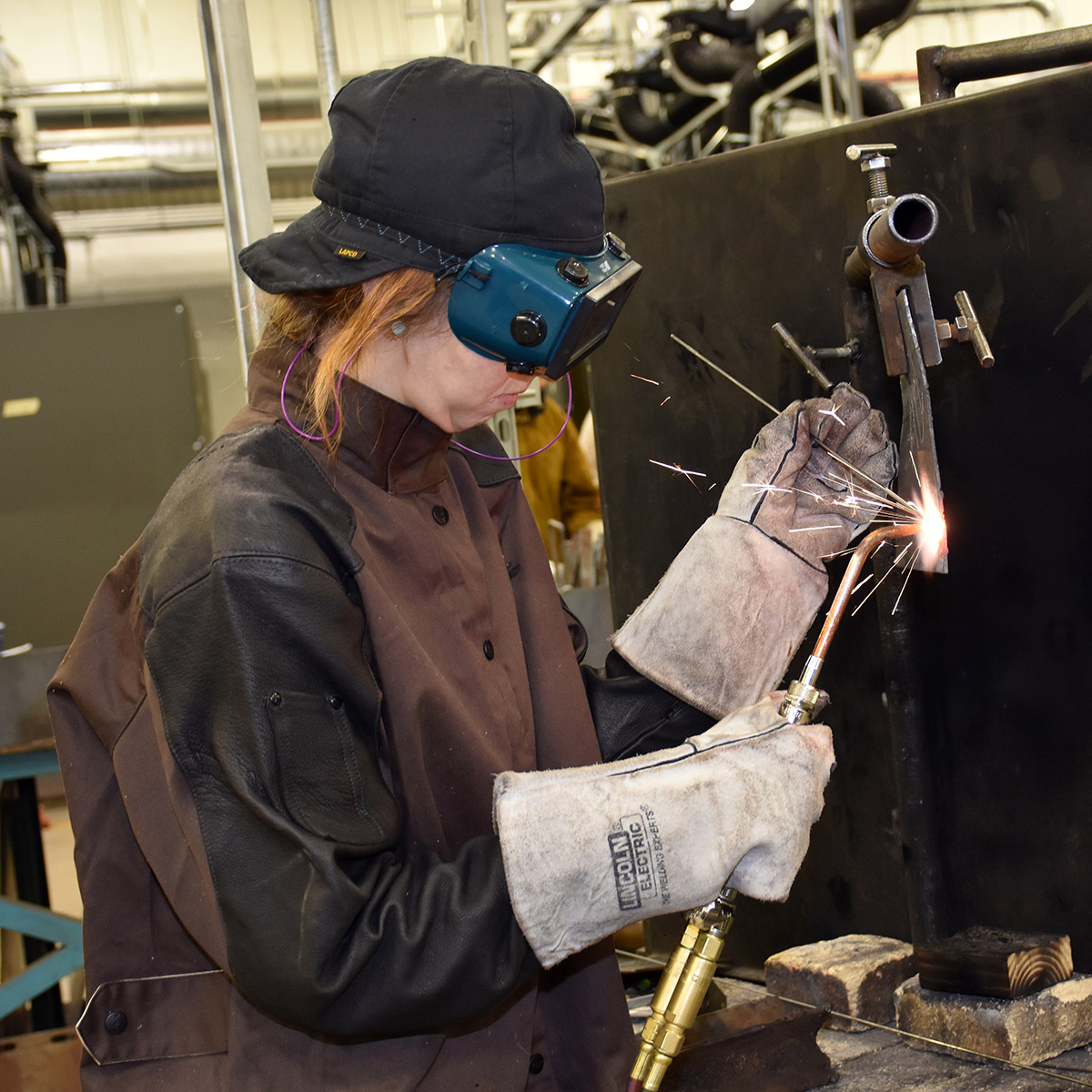Common Welding Repair Service Issues and How to Address Them Properly
Welding repairs commonly encounter a series of concerns that can jeopardize the honesty of the end product. Typical troubles include insufficient penetration, porosity, and misalignment, amongst others. Each issue offers special challenges that require particular approaches for resolution. Understanding these issues is crucial for welders aiming to boost their skills and outcomes. This discussion will check out these typical welding repair service concerns and effective techniques to address them.
Poor Penetration
Poor penetration takes place when the weld metal falls short to totally fuse with the base material, leading to weak joints and possible architectural failings. This issue often stems from insufficient warmth input, wrong electrode angle, or improper welding rate. Welders might come across insufficient penetration due to a mistake of the necessary parameters for a specific material density or type. In addition, contamination on the base product's surface area can impede effective bonding, exacerbating the problem. To deal with insufficient infiltration, welders ought to assure appropriate setups on their devices and keep a clean work surface. Normal assessment of welds is recommended to determine any deficiencies early, permitting for prompt adjustments and the prevention of compromised architectural stability in welded assemblies.
Porosity
Porosity is a typical defect in bonded joints that materializes as tiny gas bubbles caught within the weld steel. This problem can compromise the stability of the weld, bring about decreased strength and prospective failing under anxiety. Belgrade Welding. Porosity generally develops from contamination, wetness, or incorrect welding methods, which permit gases to leave into the molten weld pool. To address porosity, welders must ensure appropriate surface preparation, keep a clean workplace, and make use of appropriate welding parameters. Furthermore, selecting the best filler product and shielding gas can mitigate gas entrapment. Routine examination and screening of welds can aid determine porosity early, guaranteeing timely corrective activities are taken, therefore maintaining the quality and integrity of the bonded framework
Misalignment
Imbalance in welding can occur from different variables, consisting of improper arrangement and thermal development. Recognizing the source is vital for efficient resolution. Several correction strategies are readily available to realign parts and guarantee architectural honesty.
Reasons for Imbalance
Welding misalignment typically stems from a selection of underlying issues that can jeopardize structural stability. One main cause is incorrect fit-up of elements before welding, which can bring about spaces and uneven surface areas. Variants in thermal growth during the welding process can likewise cause distortion, especially if the materials being joined have various coefficients of development. Additionally, inadequate fixturing and clamping might stop working to hold elements securely in place, causing activity during welding. Inadequately kept equipment, consisting of welding equipments and devices, may introduce incongruities in the weld bead, additional adding to imbalance. Ultimately, driver error, originating from not enough training or experience, can likewise play a substantial role in producing misaligned welds.
Correction Techniques Readily Available
Addressing imbalance successfully requires a combination of restorative methods customized to the specific concerns handy. One usual approach is using components or jigs to hold elements in the right position throughout welding, making sure consistent alignment. In addition, pre-heating the materials can help in reducing distortion and improve fit-up. For substantial imbalance, mechanical realignment strategies, such as making use of hydraulic jacks or clamps, can be employed to remedy the placement before welding. Post-weld warmth treatment may additionally be needed to ease stresses triggered by imbalance. Lastly, careful evaluation and modification during the arrangement phase can stop misalignment issues from ending up being significant problems, advertising a smoother welding process and improving general architectural honesty.
Distortion
Distortion is a typical difficulty in welding that can emerge from various elements, including irregular heating & cooling. Comprehending the root causes of distortion is vital for applying efficient prevention methods. Resolving this problem not just improves structural stability however likewise enhances the general top quality of the weld.
Reasons for Distortion
When based on the intense heat of welding, materials frequently undertake changes that can lead to distortion. This sensation mostly develops from thermal growth and contraction during the welding process. As the weld location heats up, the product expands; upon cooling, it acquires, which can create interior stress and anxieties. Additionally, uneven heating across a workpiece can worsen these tensions, resulting in bending or flexing. The sort of material likewise plays a substantial duty; steels with differing thermal conductivity and coefficients of development may respond differently, resulting in unpredictable distortions. Inadequate joint layout and poor fixturing can contribute to misalignment throughout welding, increasing the probability of distortion. Comprehending these causes is necessary for efficient welding repair and avoidance approaches.
Avoidance Techniques
Efficient avoidance strategies for distortion during welding emphasis on controlling warmth input and ensuring proper joint design. Keeping a constant heat input assists to minimize thermal growth and tightening, which can bring about distortion. Making use of methods such as pre-heating the work surface can likewise minimize the temperature level slope, promoting consistent heating. Furthermore, selecting appropriate joint styles, such as T-joints or lap joints, can improve security and lower stress and anxiety focus. Executing correct fixturing to secure the work surfaces in location even more aids in keeping alignment throughout the welding process. Staggered welding sequences can disperse warmth much more uniformly, preventing local distortion. By using these strategies, welders can greatly lower the probability of distortion and enhance the total high quality of their welds.
Breaking
Fracturing is a typical concern come across in welding repairs, often arising from numerous aspects such as inappropriate air conditioning rates, product option, or poor joint preparation. The occurrence of splits can considerably endanger the stability of the weld, bring about prospective failures throughout procedure. To resolve this concern, welders must first analyze the origin, making certain that materials work and appropriately picked for the details application. In addition, controlling the cooling price during the welding process is crucial; quick cooling can induce stress and cause splitting. Correct joint design and prep work also add to lessening the danger. Carrying out these strategies can boost weld top quality and toughness, ultimately lowering the probability of splitting in completed weldments.

Incomplete Combination
A substantial concern in welding repairs is incomplete combination, which takes place when the weld metal does not effectively bond with the base material or previous weld passes - Belgrade Welding. This issue can cause weak points in the joint, possibly endangering the integrity of the welded structure. Aspects adding to insufficient fusion consist of inadequate warmth input, get more info improper welding strategy, and contamination of the surface areas being signed up with. To address this problem efficiently, welders must assure appropriate pre-weld cleansing and surface area prep work, as well as readjust their welding criteria to achieve sufficient penetration and blend. Routine inspection during the welding process can also assist identify incomplete fusion early, permitting timely restorative procedures to enhance the total high quality of the weld
Overheating
While welding fixings can enhance structural integrity, overheating offers a considerable challenge that can lead to material destruction. Extreme heat throughout welding can modify the mechanical residential or commercial properties of steels, leading to decreased toughness, boosted brittleness, and warping. This sensation is particularly crucial in high-stress applications where structural reliability is vital. Identifying getting too hot can include aesthetic evaluations for staining or distortion, along with checking temperature level during the welding process. To reduce the threats related to overheating, welders must employ suitable methods, such as controlling warmth input, adjusting traveling rate, and using appropriate filler products. Additionally, implementing pre- and post-weld warm therapies can aid recover product buildings and boost the overall high quality of the repair service, making certain long-lasting performance and safety.
Regularly Asked Concerns
What Are the Common Signs of a Welding Flaw?

Just How Can I Check My Welds for Quality?
To examine welds for high quality, one can utilize aesthetic evaluations, ultrasonic screening, and radiographic techniques. Each strategy guarantees architectural honesty, determines defects, and confirms adherence to defined criteria, inevitably improving the dependability of the bonded joints.
What Safety and security Preventative Measures Should I Take While Welding?
When welding, one should prioritize security by wearing appropriate personal safety equipment, making sure proper ventilation, safeguarding combustible materials away, maintaining a clean workspace, and recognizing environments to avoid crashes and injuries.
Can I Repair a Weld Without Redesigning the Entire Joint?
Repairing a weld without renovating the entire joint is possible, relying on the damages (Belgrade Fabrication). Methods such as grinding, including filler product, or utilizing a welding process can effectively attend to details defects while protecting the surrounding framework
What Tools Are Vital for Reliable Welding Fixes?
Necessary devices for reliable welding repair services consist of a welding equipment, cord brush, mill, safety equipment, clamps, and filler products. Each tool plays an important duty in making sure high quality and safety and security throughout the fixing process. Porosity typically arises from contamination, dampness, or improper welding strategies, which allow gases to leave into the molten weld swimming pool. Badly kept equipment, including welding equipments and devices, may introduce variances in the weld grain, additional adding to misalignment. When subjected to the intense warm of welding, materials often undergo changes that can lead to distortion. Cracking is an usual problem experienced in welding repairs, often resulting from numerous factors such as improper cooling prices, material option, or insufficient joint preparation. A substantial issue in welding repair work is insufficient blend, which takes place when the weld metal does not sufficiently bond with the base product or previous weld passes.